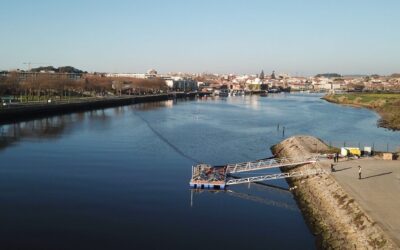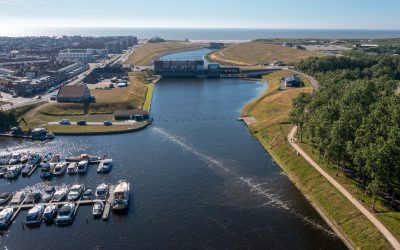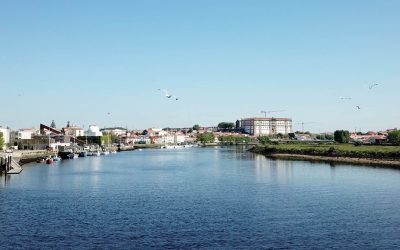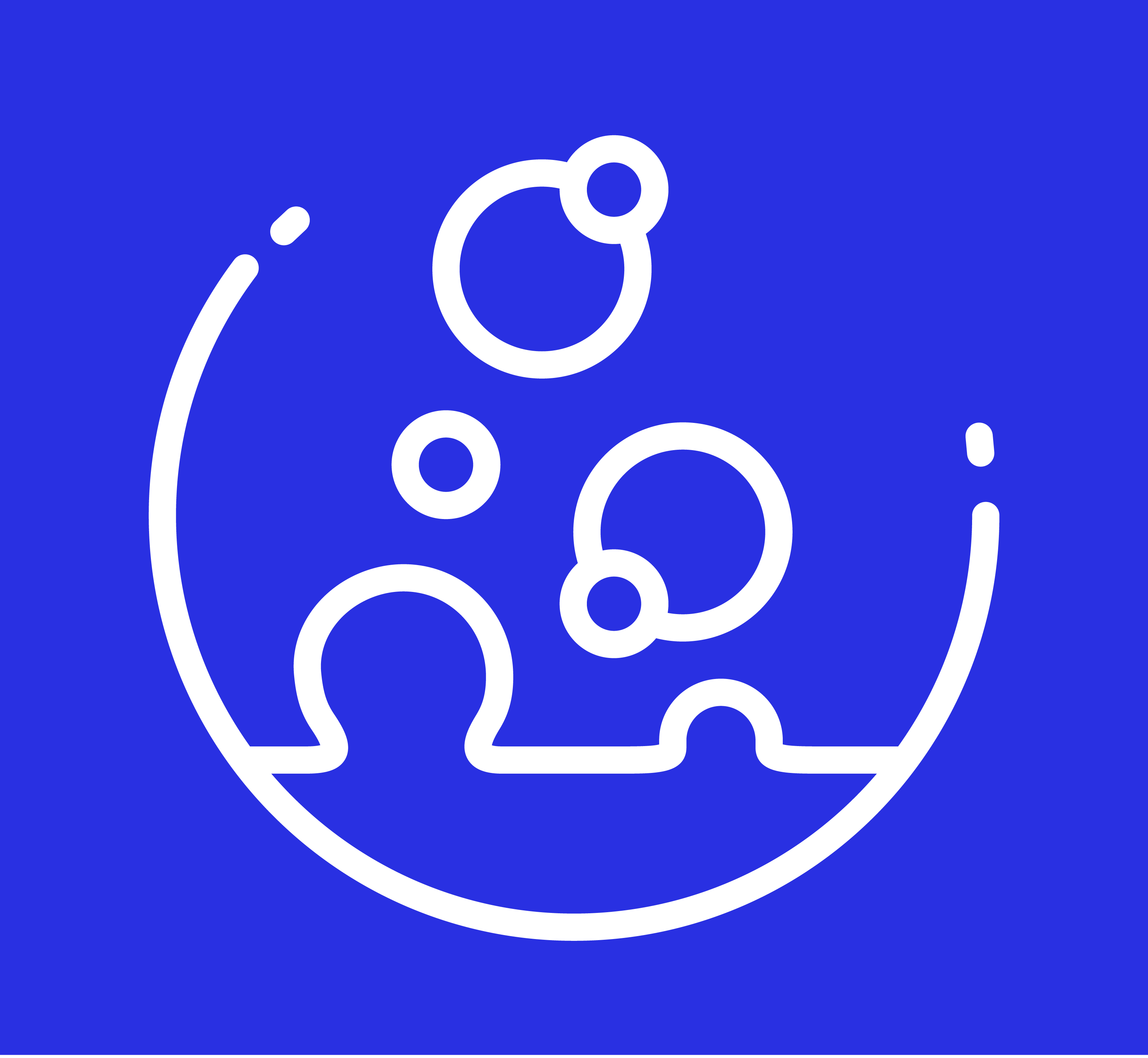AMSTERDAM, September 15, 2020 – In the run-up to this Saturday’s World Cleanup Day 2020 a research alliance into the plastic catch of the Bubble Barrier at the Westerdok in Amsterdam is announced. The Plastic Soup Foundation has partnered with Dutch start-up The Great Bubble Barrier to assist with research to help prevent ocean pollution. Plastic found in Amsterdam’s canals could hold the key to better prevention of pollution. The Great Bubble Barrier has created a bubble screen that removes plastic from Amsterdam’s canals to stop it flowing into the North Sea. The Plastic Soup Foundation is in the process of examining this captured canal plastic on behalf of the Regional Water Authority Amstel, Gooi and Vecht.
Plastic Soup Foundation is looking into which items are being caught by the Bubble Barrier; how much plastic is caught; which brands are common and whether the waste can be traced back to its source. This is important information to effectively prevent plastic waste entering the canals in the future. For example, the data could inform conversations with producers about alternatives to disposable plastic packaging and a rapid introduction of a deposit on cans.
This Saturday is World Cleanup Day 2020 when volunteers remove as much litter as possible on land, although environmental campaigners believe a ban on certain disposable products and a switch to sustainable packaging is the best way to fight against plastic soup.
Why this research?
The Regional Water Authority Amstel, Gooi and Vecht, in collaboration with Amsterdam Plastic Smart City (a program of the municipality of Amsterdam), has been looking for a solution for the floating plastic and smaller plastic waste that remains behind in the canal water despite the garbage boats of Waternet.
With the Bubble Barrier, there is an excellent opportunity to know how much waste it collects on average and what products end up in the catchment system. The trial period with the Bubble Barrier bubble screen in Amsterdam will last three years. The research is aimed at gathering information about the functioning of the bubble screen and to help determine whether a bubble screen should be placed at other locations as well.
Sander Mager, director at the Regional Water Authority Amstel, Gooi and Vecht, says:
“Plastic in our water is an increasing problem, also for the work of the Regional Water Authority Amstel, Gooi and Vecht. It has drastic effects on the quality of our water and thus on everything that lives in or near the water. Therefore, it is important that the Regional Water Authority collaborates with other parties to make a fist against this urgent problem. The innovative Bubble Barrier in Amsterdam is a good and important example of this.”
What does the research look like?
With the help of a team of volunteers, the waste collected by the Bubble Barrier bubble screen is dried, sorted and analysed for over a year. The waste is categorised within the so-called OSPAR method. There are more than 100 OSPAR categories within this method, which will provide valuable information when the monitoring period has ended. Not only will knowledge on the functioning of the Bubble Barrier bubble screen be gained, but also about the many sources, the kind of plastic pollution and the variations of plastic waste per season.
Although the corona measures postponed the start of the monitoring research, the collected waste was already kept separate for several months. During the lockdown, very few people have been in the public space and major public events such as King’s Day and The Pride have been cancelled. It is expected these exceptional circumstances will influence the analysis of the collected waste.
Bubble Barrier Amsterdam Westerdok
The bubble screen at the Westerdok was installed in November 2019 by The Great Bubble Barrier on behalf of the Regional Water Authority Amstel, Gooi and Vecht and the municipality of Amsterdam. Providing clean water is a core task of the water authority. Regional Water Authority Amstel, Gooi and Vecht, municipality and Plastic Soup Foundation previously worked together in the “Amsterdam Clean Water” covenant, which aims to provide clean water without plastic in Amsterdam and to prevent the outflow of plastic from the Amsterdam canals to the open sea. The Westerdok in the Western Docklands is one end of Amsterdam’s monumental canal belt and an exit to the IJ river.
How does the Bubble Barrier work?
The Bubble Barrier is a screen of air bubbles created by pumping air through a perforated tube that lies at the bottom of a canal or river. The bubble screen creates an upward flow which directs waste to the surface. By placing the bubble screen diagonally in the Westerdok, it makes use of the natural flow of the canal. This way, the plastic waste will be directed to the side and into the catchment system at the quay. Here it will be retained and removed from the water. The collected waste is removed from the water at least two times a week by Waternet. The Bubble Barrier bubble screen works 24 hours a day, 7 days a week, does not hinder shipping, is fish-friendly and can be used over the entire width of a canal or river.
2020-09-15 | THE GREAT BUBBLE BARRIER © 2020




